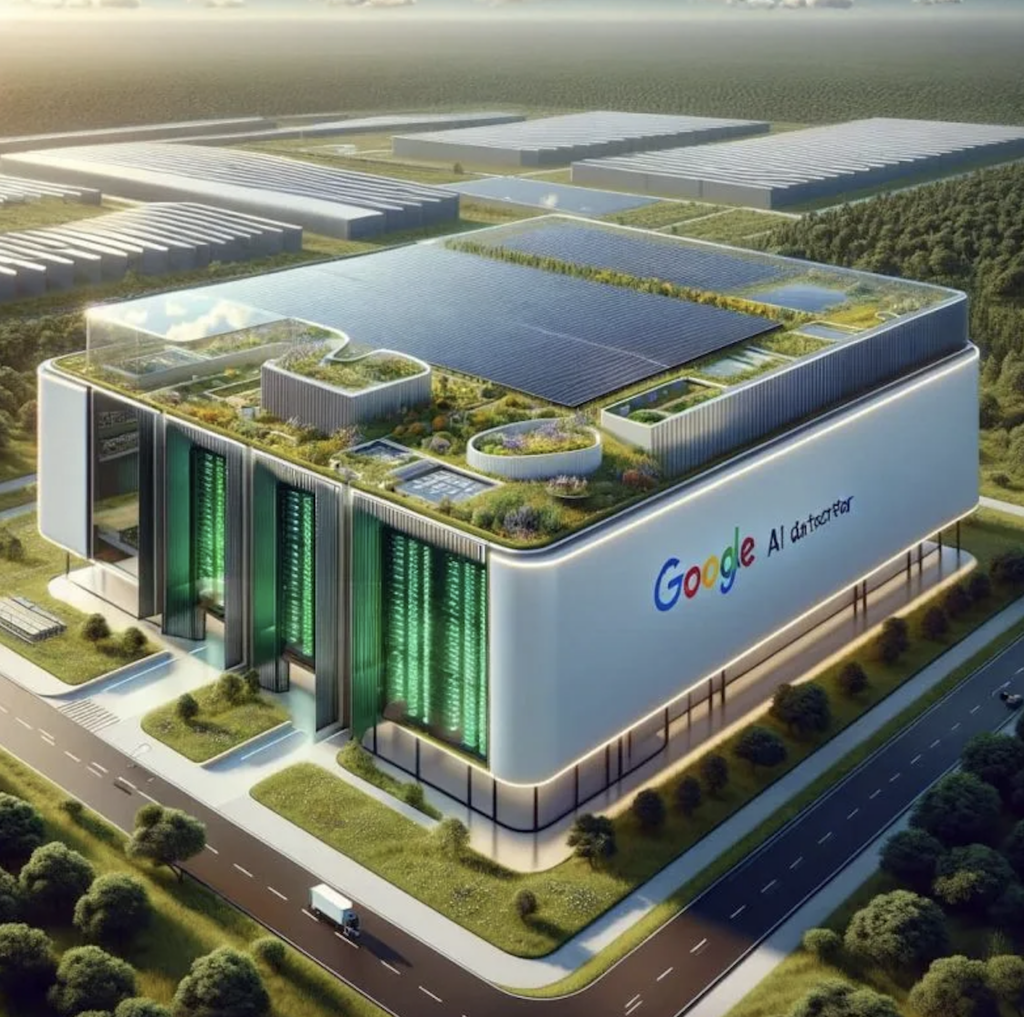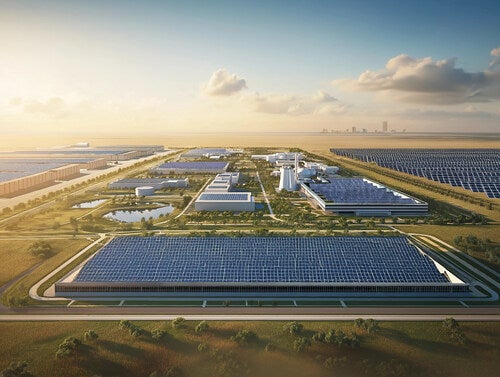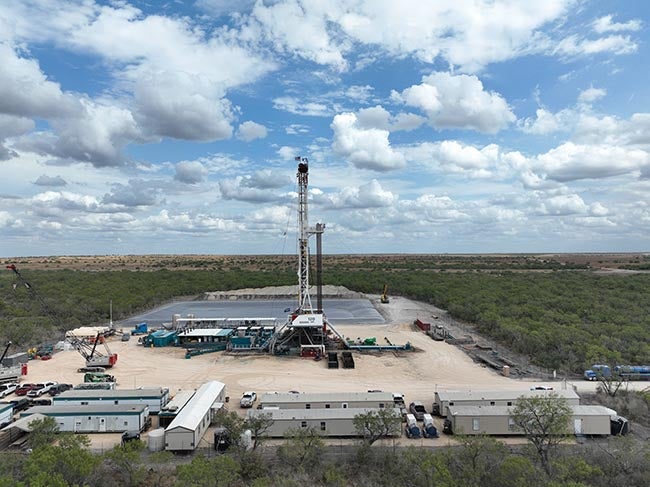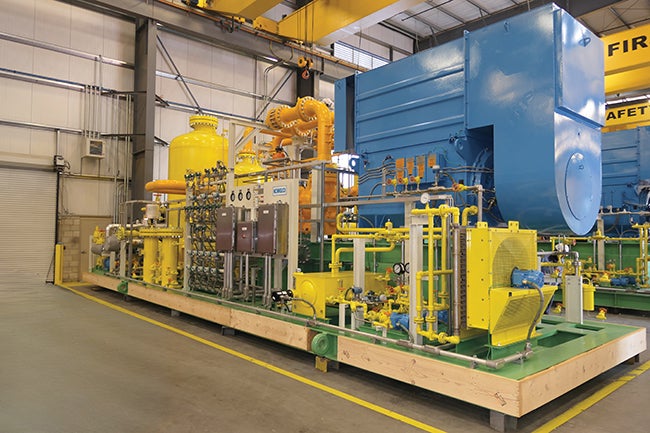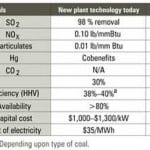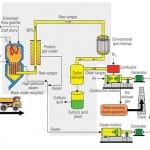The Gasification Technologies Council (GTC, www.gasification.org) was created in 1995 with a straightforward mission: to promote the greater use of gasification as an environmentally and economically preferred alternative for the production of power, fuels, and chemicals from low-value energy sources. Those energy sources include high-sulfur coal, petroleum coke, and wastes. Since that time the GTC has grown from the original 14 founding member companies to an organization of almost 70. Member companies provide technologies/processes, equipment, or services to — or own and operate — virtually every significant gasification-based production facility in the world.
Approximately 40% of the world’s gasification capacity is used to produce fertilizers and chemicals.
More than one-quarter of the growing membership in the GTC is composed of significant gasification customers in the power and process industries. This reflects increasing commercial interest in gasification as a competitive alternative in industries affected by high energy costs and facing growing public and policy demands for more stringent environmental performance.
The growth and increasing diversity of the GTC’s membership reflects commercial developments in the energy industry that are driving the demand for gasification. For Coal Power readers, that manifests itself in integrated gasification combined cycle (IGCC) power generation. IGCC offers the demonstrated ability to generate coal-based electricity while meeting the most stringent criteria air emissions limits, reducing production of solid waste, and lowering water use compared with conventional combustion-based power generation.
IGCC also offers the least-cost path toward reduced mercury emissions (greater than 90% removal) and concentrating and capturing CO 2 emissions for sequestration, should future regulations require this. The prospect of increasingly stringent regulation of criteria and noncriteria air emissions from coal-based power plants has played an important role in decisions by AEP, Duke Energy, and NRG Energy, among others, to move toward IGCC for future baseload capacity.
More than IGCC
But gasification is not just IGCC. In fact, approximately 40% of the world’s gasification capacity (which consists of 120 operating plants with 385 gasifiers) is used to produce fertilizers and chemicals. A slightly smaller percentage is used for producing motor fuels, and approximately 20% for power generation. The nonpower applications drive the rapid growth in overall demand for gasification in the U.S. and worldwide in the face of persistently high petroleum and natural gas prices. They also provide the experience base in gasification and related processes that contributes to successful power generation applications.
Within the past year there has been a rapid expansion of plans in the U.S. for gasification-based plants not only for IGCC applications but also to convert coal, petcoke, and other residuals to ultraclean diesel, fertilizers, chemicals, and pipeline-quality gas. Outside the U.S., China is leading the way in expanding its coal gasification-based fertilizers and chemicals industry and is in the early stages of plans for coal-based motor fuels production. The Canadian oil sands industry is also likely to see a breakout in gasification plants to provide gas for power and steam as well as hydrogen for production of syncrude from oil sands.
GTC Activities
All of these factors have driven attendance at the annual Gasification Technologies Conference to record levels. The conference, sponsored by the GTC, is the premier event in the industry and a centerpiece in the GTC’s mission to promote greater use of gasification. The 2006 conference, recently held in Washington, D.C., attracted almost 1,000 participants — a 360% increase over the past five years.
The GTC has also organized "Gasification 101" workshops for state government personnel involved in the chain of regulatory activities and incentive programs that affect the siting of gasification-based facilities throughout the U.S. Since 2001 this ongoing effort has been successful in educating state personnel and establishing the GTC as the go-to organization for technically accurate information about gasification and associated downstream technologies. Our partnership now involves the Department of Energy, Environmental Protection Agency, National Association of Regulatory Utility Commissioners, Southern States Energy Board, and National Conference of State Legislators.
Finally, the GTC is kicking off a major communications campaign to better inform national-level policymakers, the national and regional press, and other opinion leaders about the benefits of, and prospects for, gasification technologies as competitive alternatives to conventional coal-, petroleum-, and natural gas – based energy applications.
The gasification industry is prepared to meet the need for alternatives to conventional power, fuels, and chemicals production technologies, and the GTC looks forward to the opportunities and challenges that growth in the industry presents.


